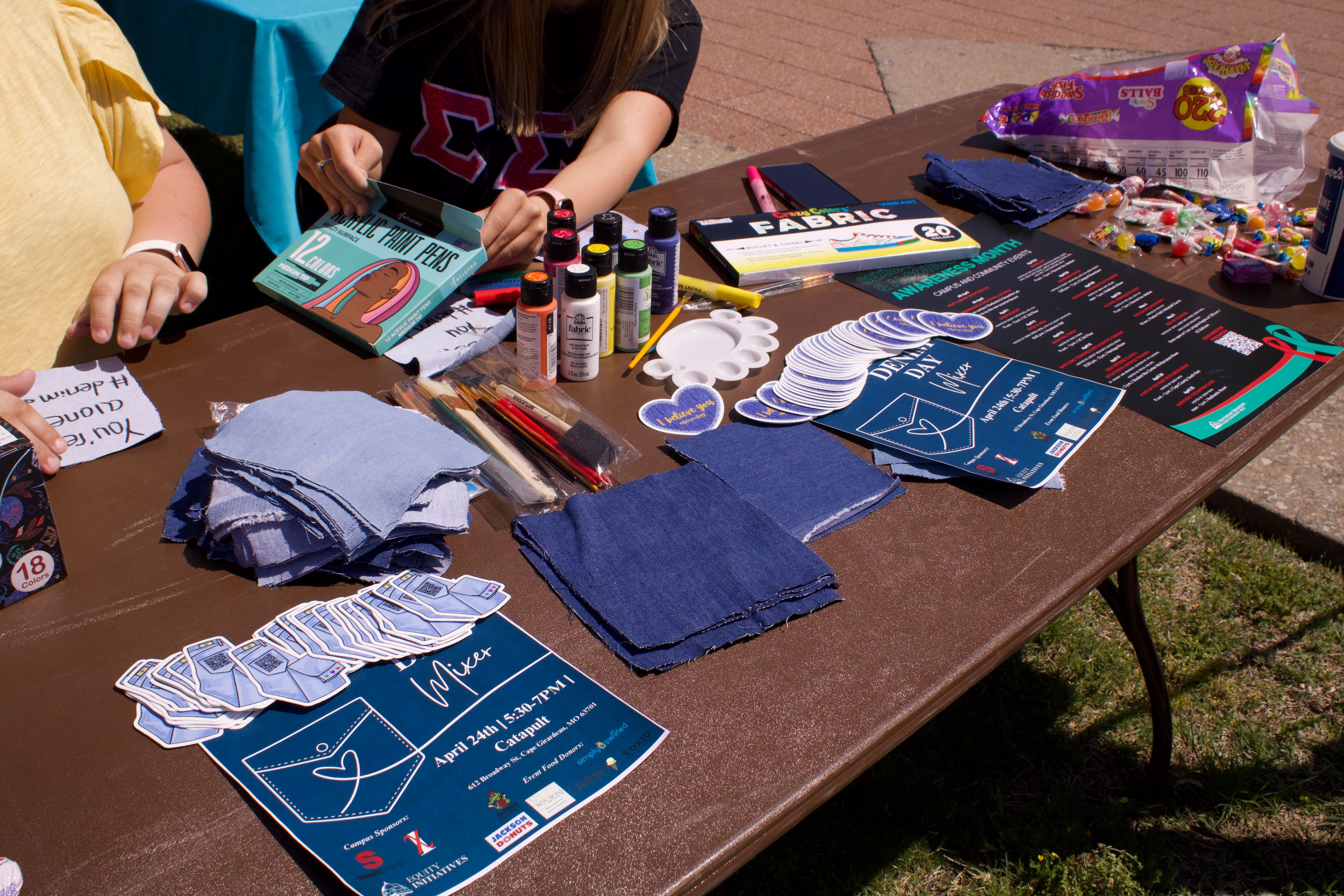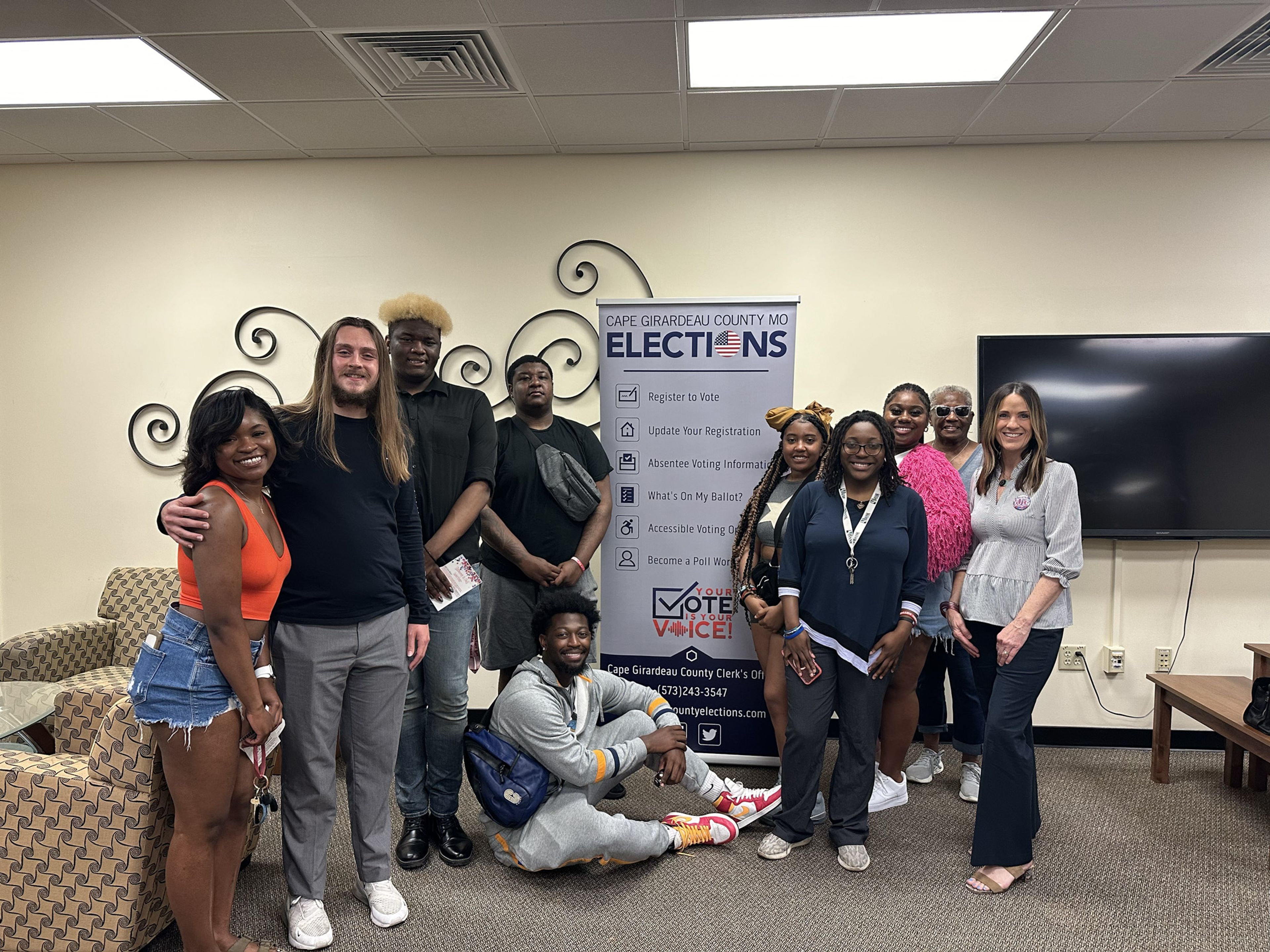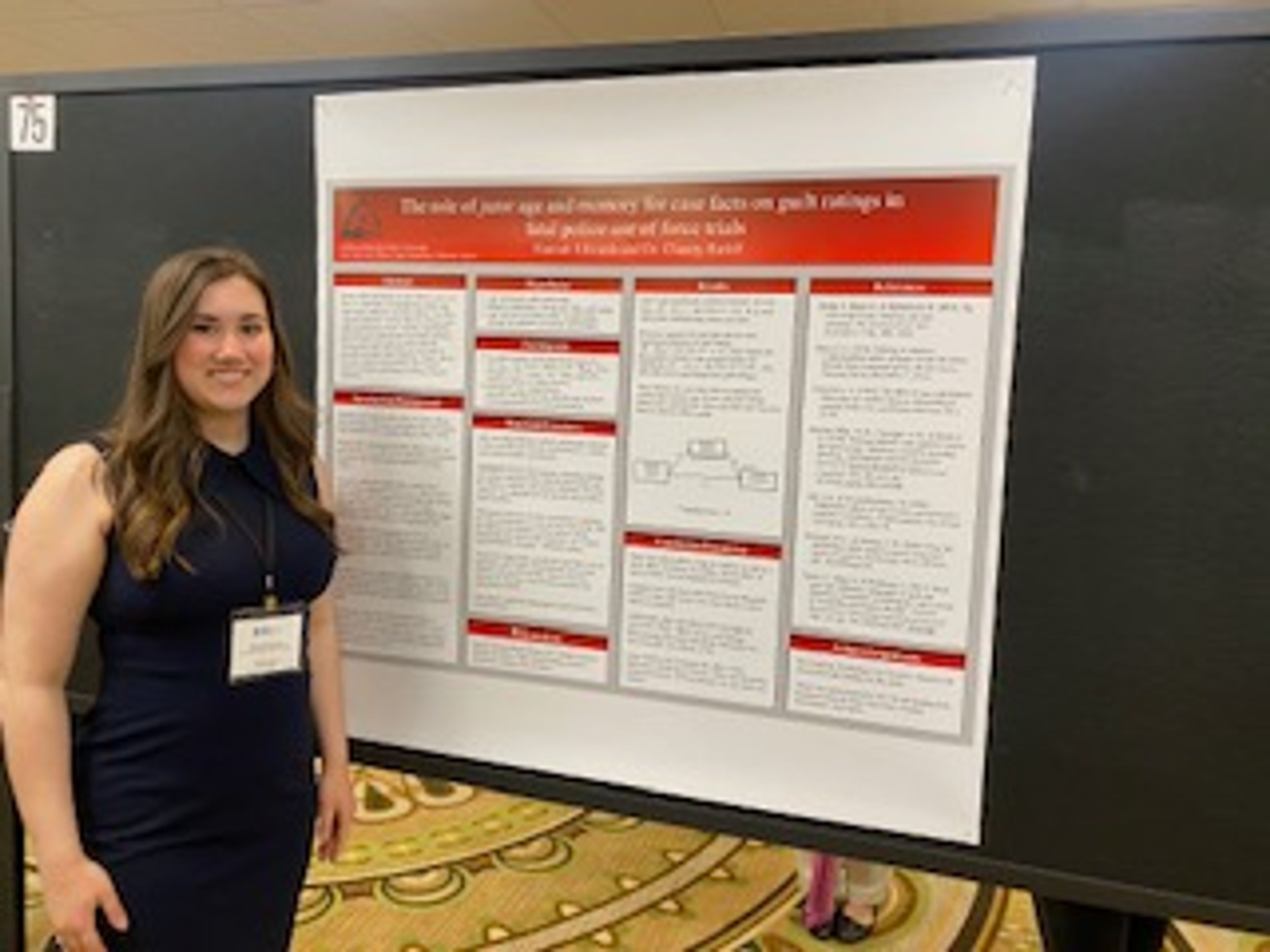Several teams of workers are tasked with maintaining safe conditions at SEMO during severe winter weather, but their plans can become problematic. Keeping an unusual heating system operating in older buildings is an issue that maintenance technicians contend with.
Building Maintenance Supervisor, Brent Pfeiffer, explained that most buildings on campus are heated through an extensive network of pipes that recycle steam from the University’s boiler plant into buildings. This network requires remote monitoring done, in part, by the department of public safety.
For instances when systems fail, Pfeiffer relies on technicians trained to identify and solve utility-related problems.
“Grauel was one of the buildings, when we came back from break, that was having heating issues,” Pfeiffer explained, “Our technician spent several days investigating, and making repairs.”
Grauel, which houses three floors of learning and workspace along with Rose Theatre, also experienced breaker flips due to personal heating devices being used in some spaces. These devices, according to Pfeiffer, are prohibited by the University.
For on-campus dwellers and commuters alike, there is no avoiding the cold in Cape Girardeau. Winter weather can create unsafe conditions in the University environment as sidewalks and roads become too slick.
Southeast Missouri State University Facilities Management houses multiple departments, including Central Receiving and the Office of Environmental Health and Safety.
Assistant Director of General Services, Andy Tinney, has been with Facilities Management for over a decade. He said frequent communication between departments is key to contend with impending weather.
“I check the forecast multiple times a day,” Tinney said. “She [the public safety director] will be sending out updates leading up to the event... so we might start getting a forecast a week or two in advance. The first step is just staying informed.”
Before the weather arrives, Tinney hosts an interdepartmental meeting.
“We’ll meet as one big crew and say ‘here’s the plan’. The mechanics are going through making sure the batteries are charged and tires are full,” Tinney said. “We’re putting our plows on, getting our spreaders on, and as it gets closer we know more and more about what the storm is going to do.”
In rare situations when a storm is much worse than originally predicted, fleet crews may be unable to complete their job in time to keep the university open. In these instances, there may be a call-to-arms of other staff members.
“If [the weather] gets really bad, then we may start branching out to our other trades,” Tinney said, “Everyone knows to be expecting a call.”
The university employs a hierarchical plan to clear snow and ice. The plan focuses on high traffic areas such as the University Center and Recreation Center.
“We meet with our trucks and say ‘you’ve got this zone’. Then we might send someone to each satellite campus,” he said.
Hand crews clear ice and snow using shovels and blowers in places vehicles are unable to work.
“The other challenge we had was the bitter cold. [After the main roads were clear] we determined it was best to let the weather move through and then we called in the hand crew the next morning to work when the sun was up,” said Tinney.
In the coldest weeks of January, students were still able to access the campus however some found the cold temperatures difficult to deal with.
Senior Teejay Hughes, described the experience as “hell.”
“It wasn’t a regular cold. It was a little icy and windy too, and a little bit of rain.” Hughes said, “[Getting around] was decent, but some classes were cold as hell.”
Ground and hand crews put a tremendous amount of effort into preparing the outside campus, but caring for on-campus buildings is building maintenance’s responsibility.
Pfeiffer says the Utilities Crew hasn’t fielded any major service requests for student housing this winter, but students like Hughes say they’ve felt their fair share of the cold.
For students who notice issues with heating or other utilities, Pfeifer encourages them to contact their Room Advisors or submit a work order on the iServiceDesk.
“We are here to help, and we will do everything we can to solve any problems. It’s always important to just let us know what’s going on. We’ll try to address it as quickly as possible.”




